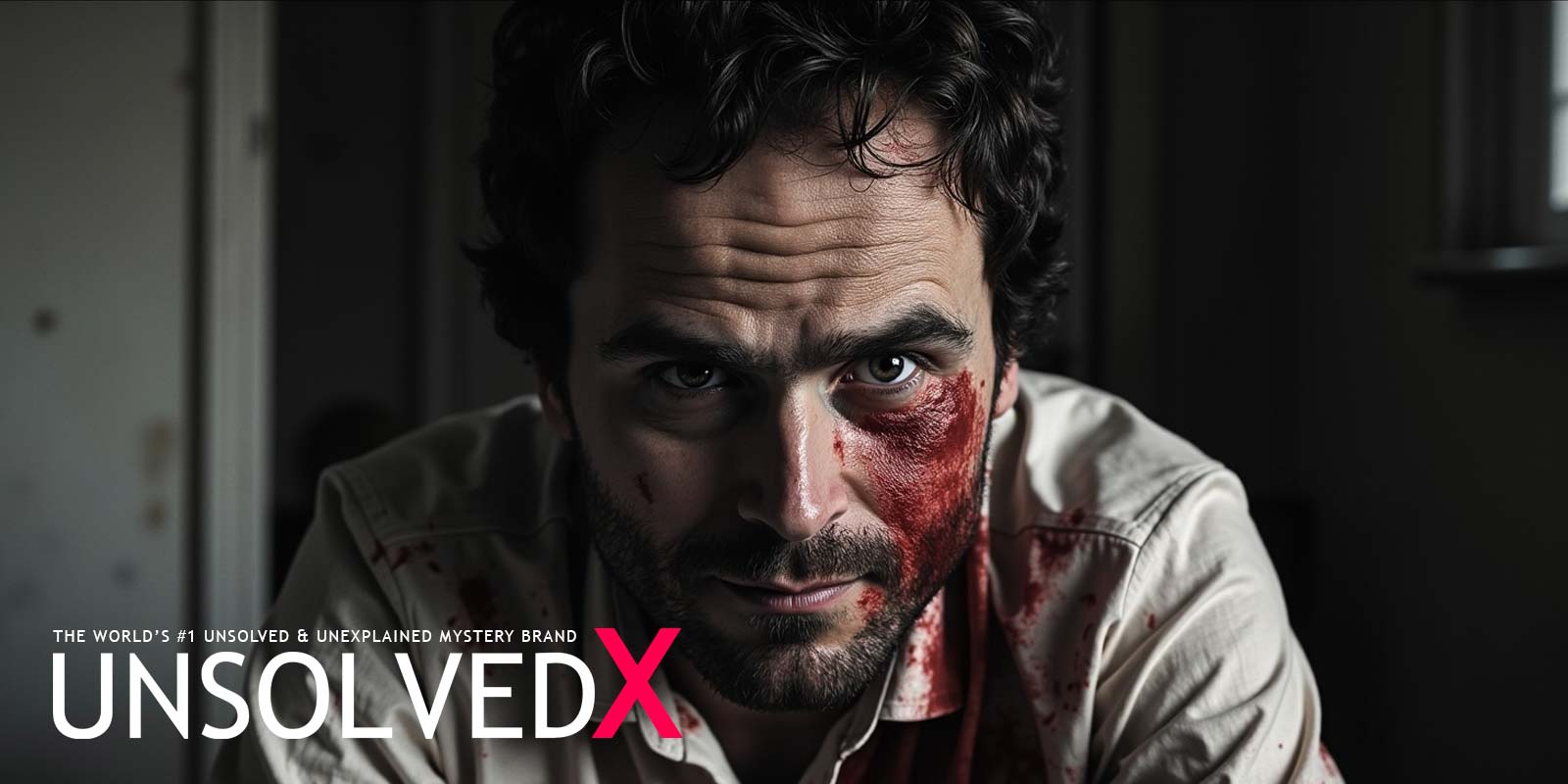The Mask of Charm: Bundy’s Reign of Terror
Imagine meeting a handsome, articulate law student with a disarming smile—someone who could talk his way into any room. That was Ted Bundy, a man who seemed to have it all: charisma, ambition, and a bright future. But beneath that polished exterior lurked a monster. From 1974 to 1978, Bundy murdered at least 30 young women across seven states, though some estimates suggest the toll could be closer to 100. His victims, often college-aged women with long, dark hair, were lured by his charm or fake injuries—crutches, a fake cast—before being abducted, assaulted, and killed. The horror began in Washington State, where co-eds like Lynda Ann Healy vanished from the University of Washington area in 1974. As Ann Rule, a former friend of Bundy’s who later wrote The Stranger Beside Me, recalled, no one suspected the clean-cut Ted. That was his deadliest weapon.
Bundy’s methods were as calculated as they were brutal. He’d stalk his victims, sometimes revisiting crime scenes to relive his acts. Bodies were often dumped in remote wooded areas, like Washington’s Taylor Mountain, where skeletal remains piled up. His attacks spanned Utah, Colorado, Oregon, and Florida, each marked by a chilling signature: bludgeoning, strangulation, and necrophilia. Survivors, like Carol DaRonch, who escaped a 1974 kidnapping attempt in Utah, described a man who could switch from charming to menacing in a heartbeat. Yet Bundy’s ability to blend in—working at a suicide hotline, attending law school—kept him off radar. The 1970s were a different time; DNA evidence didn’t exist, and police relied on patchy communication. Bundy exploited every gap, leaving a trail of grief that still haunts true crime fans.
Bundy’s Cat-and-Mouse Game
By 1975, police were closing in. A routine traffic stop in Utah led to Bundy’s arrest after officers found suspicious items in his car: handcuffs, a ski mask, and a crowbar. Carol DaRonch identified him as her attacker, and he was convicted of kidnapping in 1976, landing in a Utah jail. But Bundy wasn’t done. In June 1977, during a court hearing in Aspen, Colorado, he escaped by jumping out a second-story library window while unshackled—a bold move fueled by his arrogance. He roamed free for six days, stealing food and a car before being recaptured. Then, in December 1977, he pulled off a second escape, this time from a Garfield County jail by crawling through a ceiling vent. He made it to Florida, where his killing spree resumed with horrifying intensity. The manhunt, detailed in FBI records, showed how Bundy’s cunning outwitted a fragmented system.
Florida was Bundy’s final, gruesome chapter. In January 1978, he attacked the Chi Omega sorority house at Florida State University, killing two women, Lisa Levy and Margaret Bowman, and brutally assaulting two others in a matter of minutes. Weeks later, he abducted and murdered 12-year-old Kimberly Leach in Lake City, Florida. These crimes, among his most brazen, finally led to his capture. On February 15, 1978, a Pensacola officer stopped Bundy for driving a stolen VW Beetle. After a scuffle, Bundy’s identity unraveled. His trials became a media circus, with Bundy acting as his own attorney, smirking for cameras. The bite marks on one Chi Omega victim, matched to his teeth via forensic odontology, sealed his fate. But his escapes raised a chilling question: how many more could he have killed if not caught?
Bundy’s Legacy in a Dark Era
Bundy was convicted in 1979 and 1980 for the Florida murders, receiving three death sentences. On January 24, 1989, he faced the electric chair at Florida State Prison. Crowds cheered outside, chanting “Burn, Bundy, burn!” as the man who’d terrorized a nation took his last breath. Before his execution, Bundy confessed to over 30 murders, though his cryptic accounts—shared with investigators like Robert Keppel—hinted at more. His confessions, recorded in chilling detail, offered a glimpse into a mind driven by control and sadism. Yet he never expressed true remorse, only regret at being caught. Bundy’s story isn’t just about one man—it’s about a system that struggled to stop him and a society blindsided by his normalcy.
Bundy wasn’t alone in the 1970s, a decade rife with serial killers. Gary Ridgway, the Green River Killer, was active in Washington at the same time, targeting vulnerable women and evading capture until 2001. John Wayne Gacy, Illinois’ “Killer Clown,” murdered 33 young men during Bundy’s era, his crimes uncovered in 1978. These killers, like Bundy, exploited a pre-digital world with limited forensic tools. Other mysteries linger, like the unsolved Alphabet Murders in New York (1971-1973), where young girls were killed in a pattern eerily similar to Bundy’s methodical approach—some speculate a connection, though it’s unproven. Bundy’s shadow looms large, inspiring books, Netflix series like Conversations with a Killer, and endless debate: how did such evil hide in plain sight, and what other secrets died with him?










Comments
Comments section coming soon!